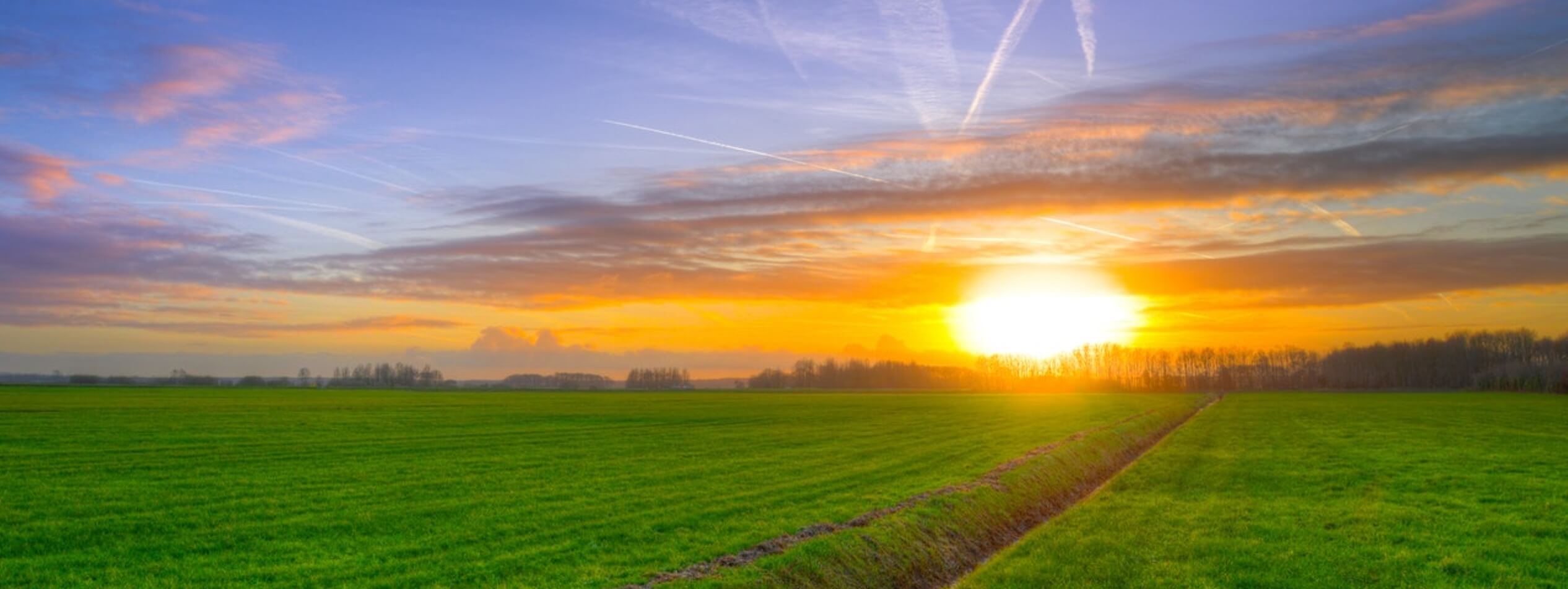Trace & Save advocates for farm systems that minimise the reliance on expensive and environmentally degrading inputs. One of the worst culprits, from both an environmental and economic perspective, is nitrogen fertiliser. Especially chemical nitrogen fertiliser.
The negative impact of nitrogen
Excessive use of nitrogen has multiple environmental impacts. It leads to large amounts of nitrate leaching, which ends up in water sources causing water pollution. High nitrogen fertiliser rates also negatively effects the health of the soil (The “too much of a good thing” effect of nitrogen). Volatilisation of nitrogen fertiliser also leads to atmospheric pollution. There are also massive wider-scale impacts from the creation of chemical nitrogen fertiliser (The actual cost of chemical nitrogen fertiliser).
Financially, the more inefficiently nitrogen fertiliser is applied, the more costly it is to grow pastures (Case study: Growing cheaper pastures). A previous case study (Case study: Improving nitrogen fertiliser efficiency) explored how five farms have improved nitrogen fertiliser efficiency. This case study showed how these farmers have been able to halve average nitrogen application rates from around 300 kg/ha in 2016 to around 150 kg/ha in 2019. This has huge financial implications. It means that farmers who are still applying excessive (greater than 200 kg N/ha) are missing an opportunity for financial saving.
How low can we go?
The question we are now asking is, what is the best that has been achieved? How low have farmers been able to come with nitrogen fertiliser rates, while still maintaining optimal pasture growth? This question is especially pertinent when linked to an article I recently wrote: Pasture-based dairy: What is possible?
One of the premises behind the most progressive pasture-based systems I proposed is that the average nitrogen application rates would be 101 kg N/ha/year, while still growing 17 tons of pasture dry matter per year. Is this even possible?
Evidence from certain camps
I looked at data from six mixed irrigation and dryland pasture-based dairy farms, three in the Tsitsikamma, two in Oyster Bay and one in George. The year period of April 2019 to March 2020 was used to have the most recent data. I looked for camps where the nitrogen fertiliser application rates were below 150 kg N/ha for that year period. There were 87 irrigated camps, representing 620 hectares, and 95 dryland camps, representing 460 hectares, meeting these criteria. These are not just a few isolated cases.
Table 1 shows the camps divided into groups of nitrogen fertiliser application rates. There were eight irrigated camps and 16 dryland camps where less than 40 kg of N was applied per hectare. And yet these camps still grew an average of 16.5 and 11.3 tons of pasture DM, respectively. It just goes to show what is possible, although some farmers might not be satisfied with the difference in tons between the less than 40 kg/ha group and the 40-80 kg/ha group, the efficiency of nitrogen fertiliser (1.7 kg of N per ton of DM) is impressive.
Even the camps which have below 100 kg N/ha/year are evidence of what is possible when it comes to optimal nitrogen fertiliser management. The details of this improved management are discussed in the case studies mentioned above, so I will not repeat it here.
Table 1a: Irrigated camps where nitrogen fertiliser application rate was lower than 150 kg N/ha, divided into four groups according to the nitrogen application rate
Table 1b: Dryland camps where nitrogen fertiliser application rate was lower than 150 kg N/ha, divided into four groups according to the nitrogen application rate
Conclusion
The purpose of this article is to show what might be possible in terms of minimal nitrogen fertiliser application rates, while maintaining optimal pasture growth. The evidence is indisputable – there are a large amount of camps on these six farms where less than 150 kg N/ha/year is being achieved, and many of them have application rates of less than 100 kg N/ha.
- A carbon footprint assessment for pasture-based dairy farming systems in South Africa - 2024-02-07
- What progress have farms participating with Trace & Save made over the past 10 years? - 2023-09-06
- Carbon footprint reduction over time: Lessons from pasture-based dairy farms in South Africa - 2023-09-04



